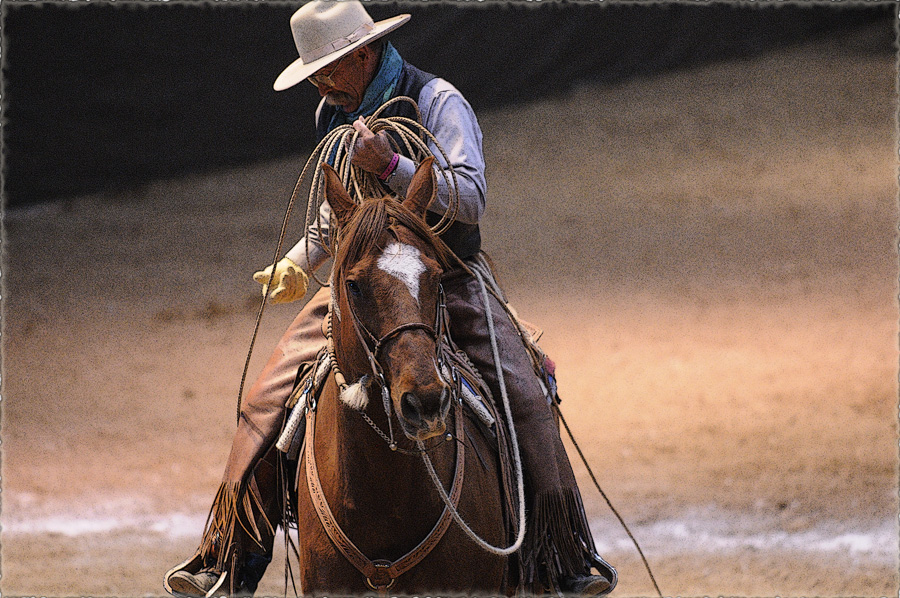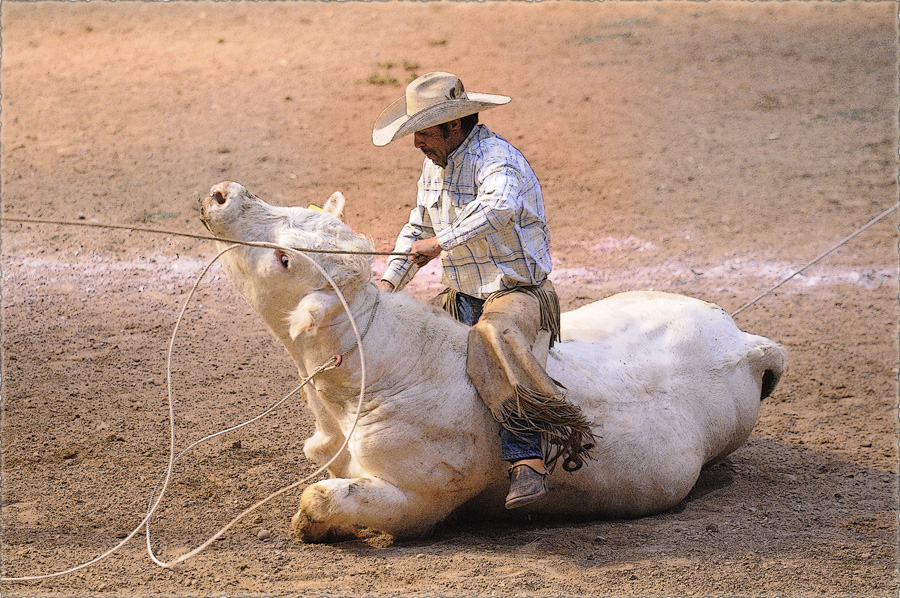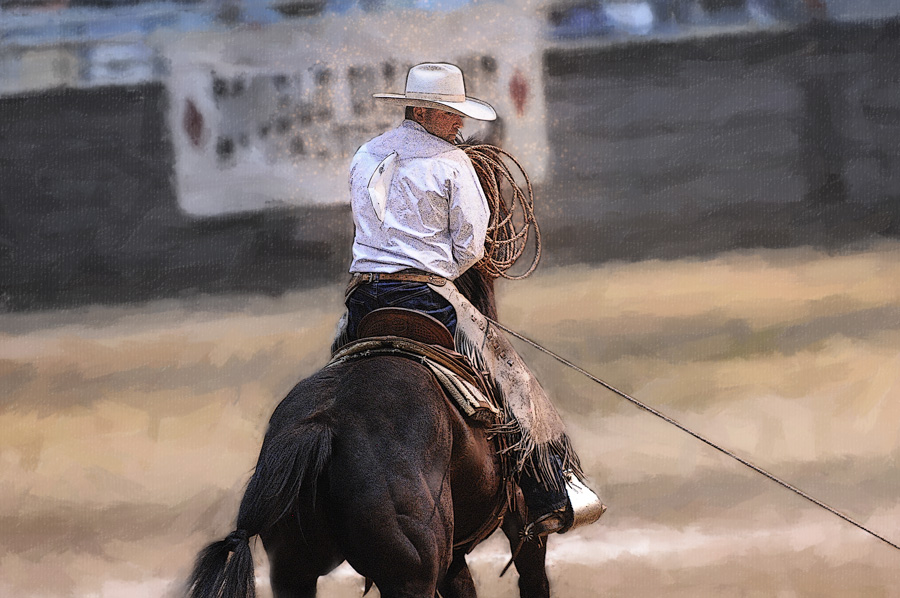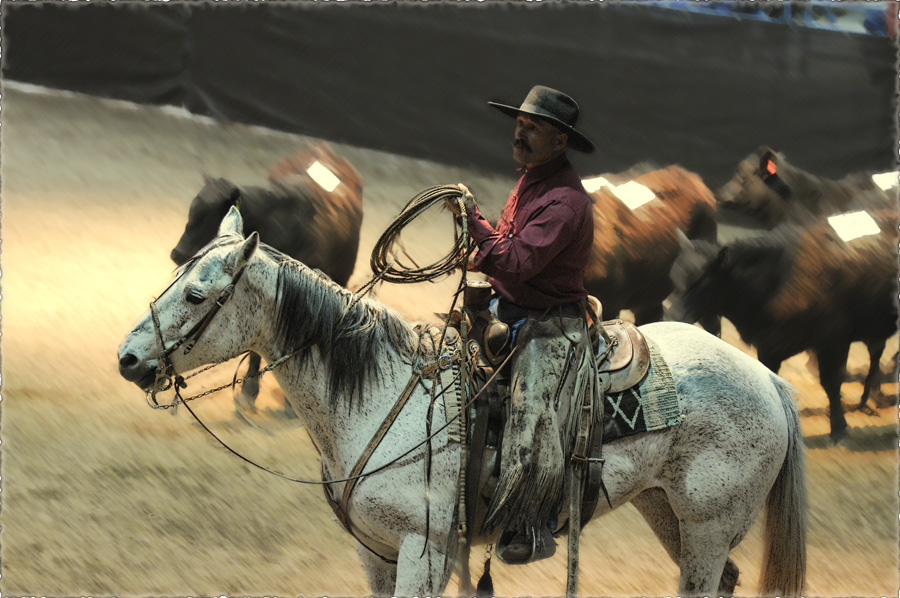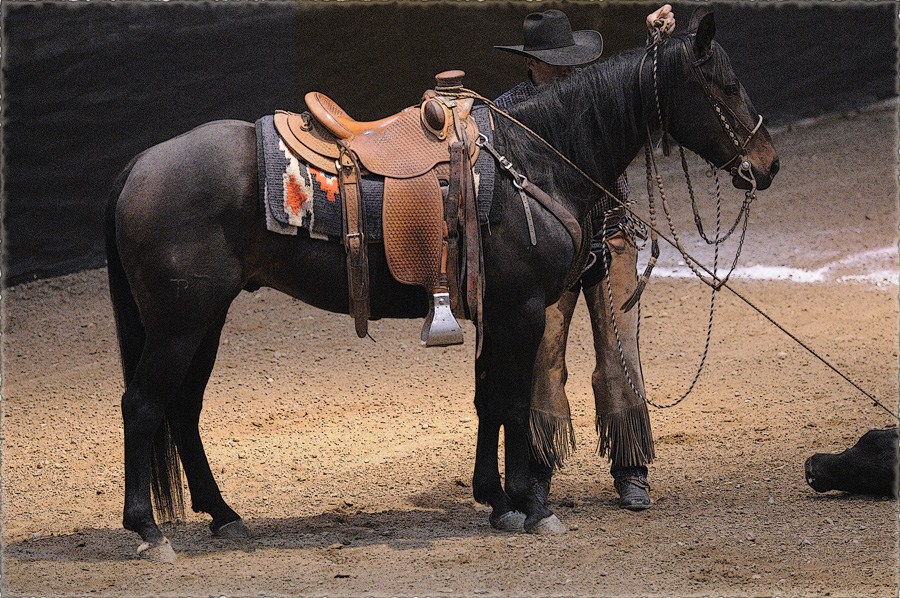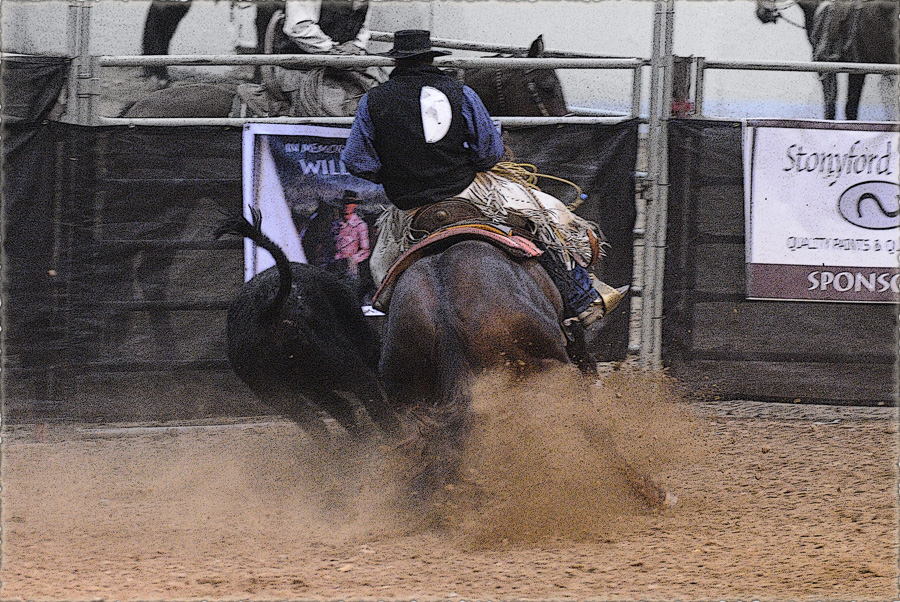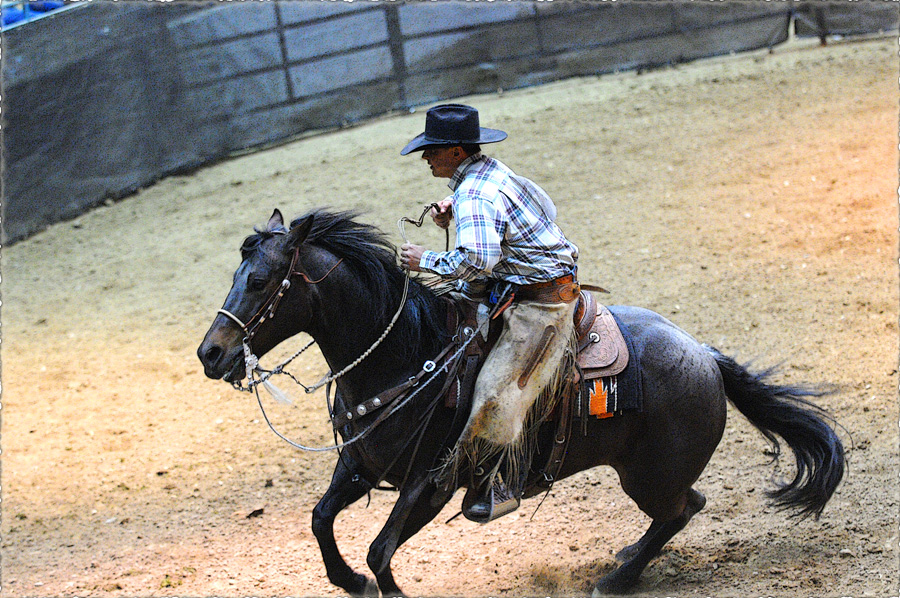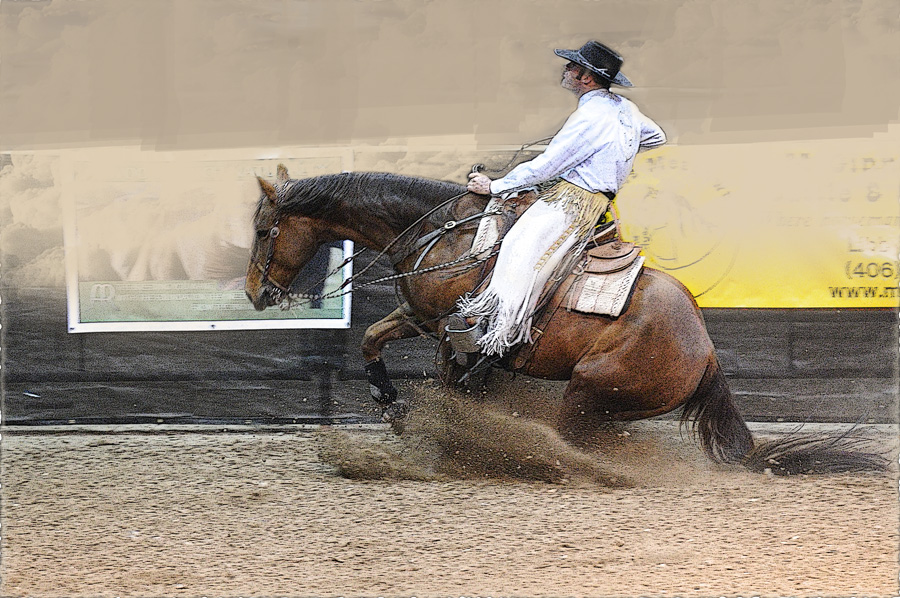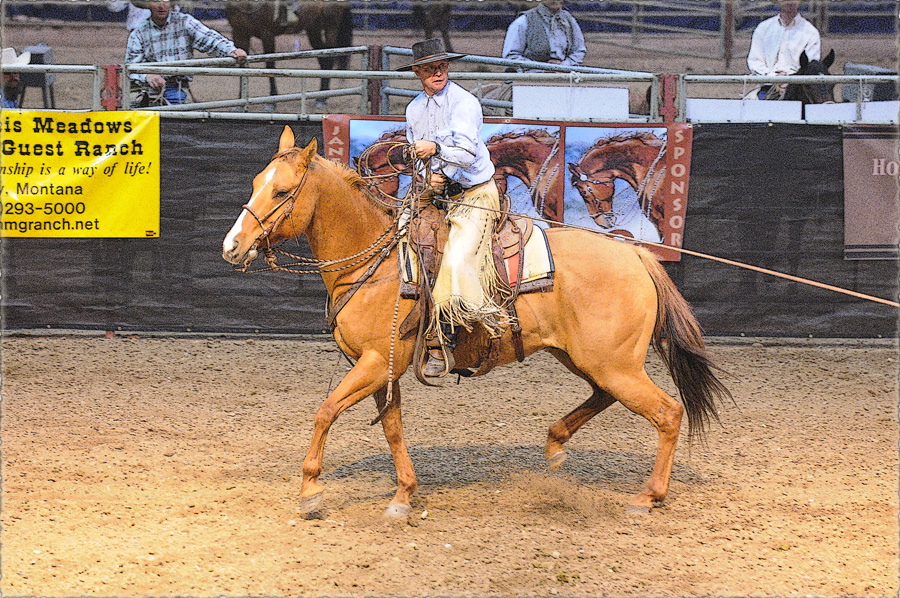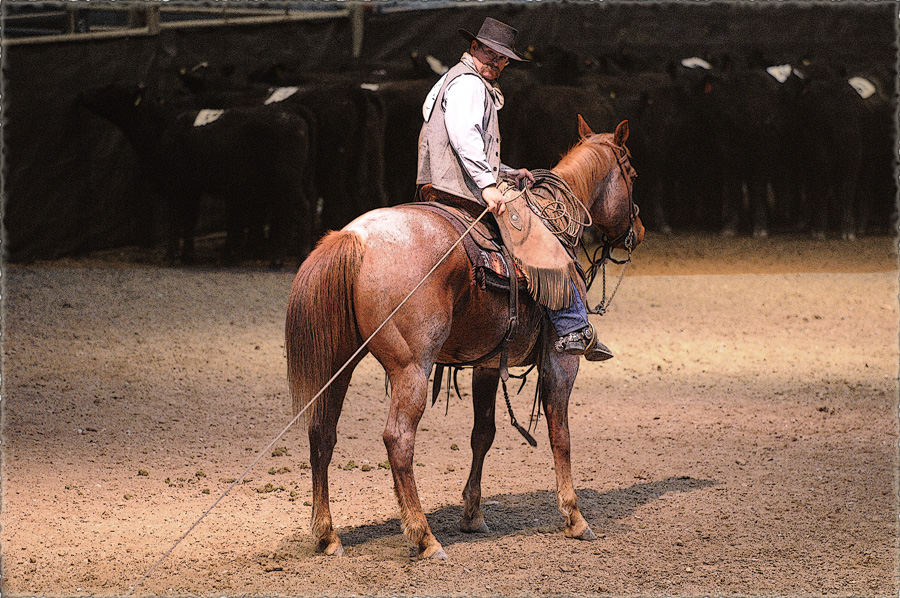Follow me on Facebook:
https://www.facebook.com/mary.w.hyde
https://www.facebook.com/BuckarooCountry/
Visit the Buckaroo Country Archives; https://buckaroocountry.smugmug.com
In a perfect world horses would all be trained the old traditional vaquero way which factored in the impact to young horse’s bodies of too much, too soon. Years ago, horses were not started until they were 5-6 years old. Nowadays, with so much pressure to start horses at 2 years old, the old ways have been adapted so that 2 and 3 year olds are either/or ground worked or lightly ridden to prevent damage to growing bones and joints. (Read this article by Dr. Deb Bennett on the reasons why riding a horse too young can damage the horse for the rest of its life)
This is in contrast to modern training where many young show horses are started at two years old and rammed and jammed during their formative years ending up physically and emotionally ruined by five years old. Most modern horses are started in a snaffle bit, and are often ridden their entire lives that way. The old way is to start a horse in a snaffle bit or start the horse right from the gitgo in a hackamore, making sure that , especially thru the fourth year, when the horses’ teeth are in transition, that the horse’s sensitive mouth is protected by going bitless with the hackamore. At the beginning of the fifth year, the horse’s teeth are full size and now there is a good environment for him/her to start packing a bit using a “2-rein .” Control is still with a small hackamore, but the young horse can carry the bit and get used to it for another year to year and a half before he gradually transitions to “straight up” in the bridle. Everything is done slowly during this time as a solid foundation is carefully built physically and emotionally for the horse. The ultimate goal is to put the horse into a spade “signal” bit but not many horsemen know how to do this anymore! This process, along with traditional vaquero training techniques, results in the highest level of harmony and communication with the horse that can be achieved in ranch riding. These old vaquero traditions are not seen much anymore except throughout the Great Basin!!!
I have listed below some of the masters of old-style vaquero horsemanship that I recommend learning from either in person or from their videos.. It is especially important to have a solid understanding of traditional gear and how it should be used and these three are sticklers for keeping and teaching the old traditions.
Dave and Gwen Weaver The Californios
Mike Bridges
Also read any of the books for sale on Ernie Morris’s website: http://www.elvaquero.com/Books.htm

